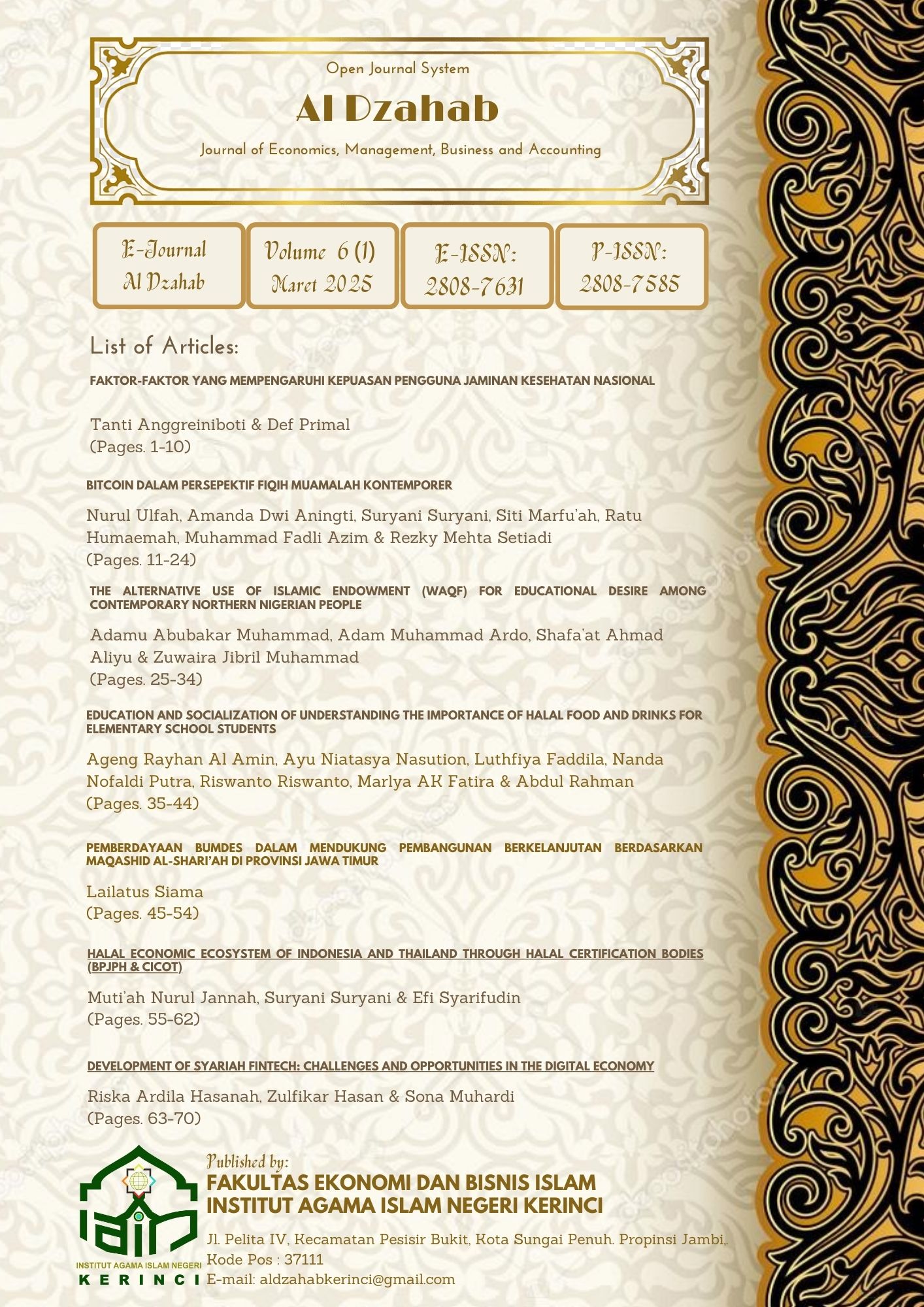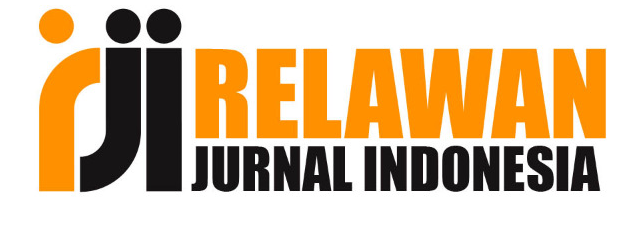Faktor-Faktor yang Mempengaruhi Kepuasan Pengguna Jaminan Kesehatan Nasional
Factors Influencing User Satisfaction with the National Health Insurance
DOI:
https://doi.org/10.32939/dhb.v6i1.4351Keywords:
JKN , Kepuasan, Pelayanan, Pembiayaan, Waktu TungguAbstract
Purpose: This study aims to identify the factors influencing user satisfaction with the National Health Insurance in Indonesia.
Design/Methodology/Approach: This is a quantitative study with an analytical method using a cross-sectional approach. The population in this study consists of Indonesian citizens, utilizing data from the 2014 Indonesian Family Life Survey (IFLS). The total sample used in this study is 5,041 respondents. Data processing is conducted using the Stata application, employing the logit analysis method.
Findings: There is a positive and significant influence of healthcare facility utilization and health insurance ownership on user satisfaction with health insurance. However, out-of-pocket payments beyond regular insurance contributions and waiting time do not affect user satisfaction with health insurance.
Research Implications: Policies are needed to anticipate dissatisfaction among health insurance users by minimizing additional costs beyond the regular insurance contributions. Efforts should also be made to reduce waiting times for healthcare services.
Downloads
References
Andaleeb, S. S. (2001). "Service quality perceptions and patient satisfaction: A study of hospitals in a developing country." Social Science & Medicine, 52(9), 1359-1370.
Brady, M. K., & Cronin, J. J. (2001). "Some new thoughts on conceptualizing perceived service quality: A hierarchical approach." Journal of Marketing, 65(3), 34-49.
Donabedian, A. (1988). "The quality of care: How can it be assessed?" JAMA, 260(12), 1743-1748.
Ekawati, F. M., Claramita, M., Efendi, F., & Kurniati, A. (2017). "Factors affecting satisfaction of the National Health Insurance (JKN) participants in Indonesia: A systematic review." Journal of Public Health Research, 6(1), 56-64.
Institute of Medicine. (2001). Crossing the Quality Chasm: A New Health System for the 21st Century. National Academy Press.
Kotler, P., & Clarke, R. N. (1987). Marketing for Health Care Organizations. Prentice Hall.
McIntyre, D., Chow, C. K., & Kearns, R. (2009). "Waiting time as an indicator for health services performance: A review of key concepts." Health Policy, 91(1), 1-10.
McMullen, M. G., Netland, P. A., & Carpenter, D. M. (2011). "Patient perceptions of waiting time and their satisfaction with care in a public hospital ophthalmology clinic." Health Services Research, 46(3), 760-773.
Nyman, J. A. (2003). The Theory of Demand for Health Insurance. Stanford University Press.
Oliver, R. L. (1997). Satisfaction: A Behavioral Perspective on the Consumer. McGraw-Hill.
Parasuraman, A., Zeithaml, V. A., & Berry, L. L. (1988). "SERVQUAL: A multiple-item scale for measuring consumer perceptions of service quality." Journal of Retailing, 64(1), 12-40.
Penchansky, R., & Thomas, J. W. (1981). "The concept of access: Definition and relationship to consumer satisfaction." Medical Care, 19(2), 127-140.
Rahman, S. A., Dini, L., & Sutanto, E. (2018). "Impact of waiting time on patient satisfaction in primary healthcare services in developing countries." Health Services Management Research, 31(2), 60-67.
Stadhouders, N., Kruse, F., Tanke, M., Koolman, X., & Jeurissen, P. (2019). "Effective healthcare cost-containment policies: A systematic review." Health Policy, 123(1), 71-79.
Stewart, M. A., Brown, J. B., Weston, W. W., McWhinney, I. R., McWilliam, C. L., & Freeman, T. R. (1995). Patient-centered medicine: Transforming the clinical method. Sage.
Tucker, J. L., & Adams, S. R. (2001). "Incorporating patients’ assessments of satisfaction and quality: An integrative model of patients’ evaluations of their care." Managing Service Quality, 11(4), 272-287.
Van Doorslaer, E., O'Donnell, O., Rannan-Eliya, R. P., Somanathan, A., Adhikari, S. R., Garg, C. C., & Karan, A. (2007). "Catastrophic payments for health care in Asia." Health Economics, 16(11), 1159-1184.
World Health Organization (WHO). (2010). Health Systems Financing: The Path to Universal Coverage. World Health Organization.
Zeithaml, V. A., Berry, L. L., & Parasuraman, A. (1996). "The behavioral consequences of service quality." Journal of Marketing, 60(2), 31-46.
Downloads
Published
How to Cite
Issue
Section
License
Copyright (c) 2025 Tanti Anggreiniboti, Def Primal

This work is licensed under a Creative Commons Attribution 4.0 International License.













